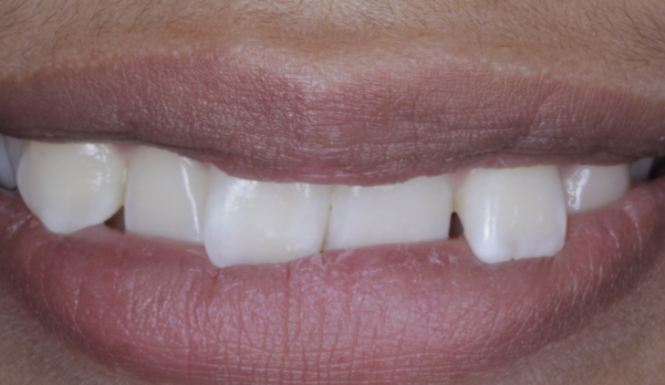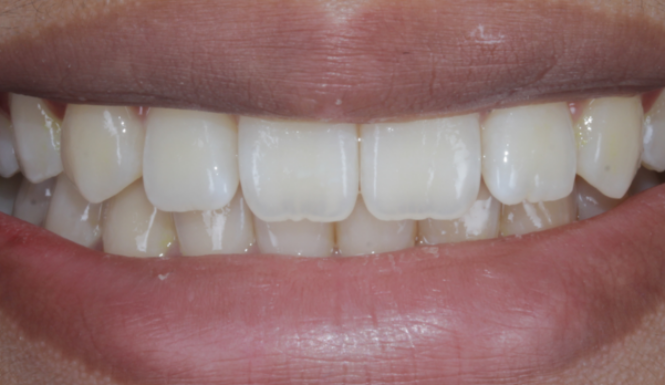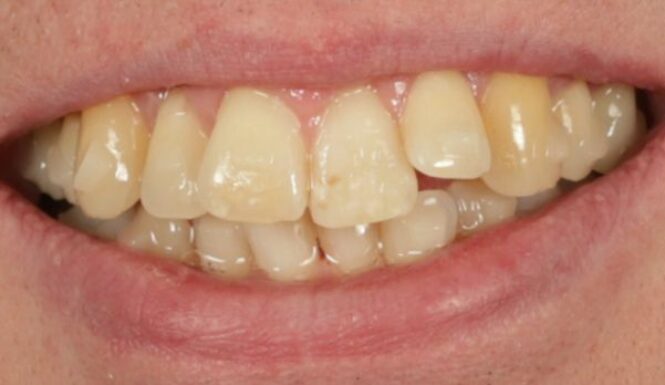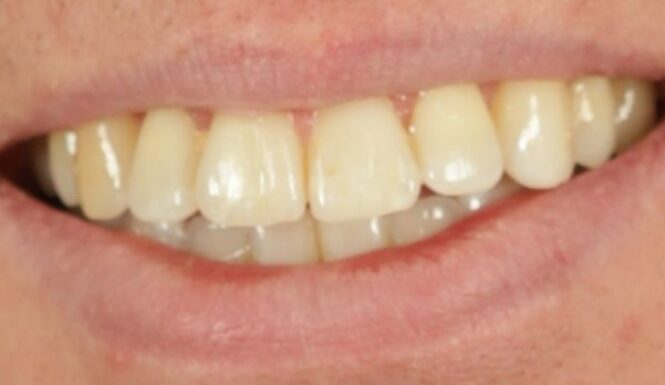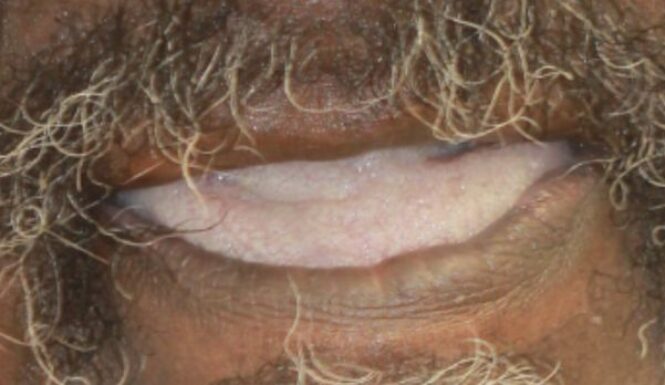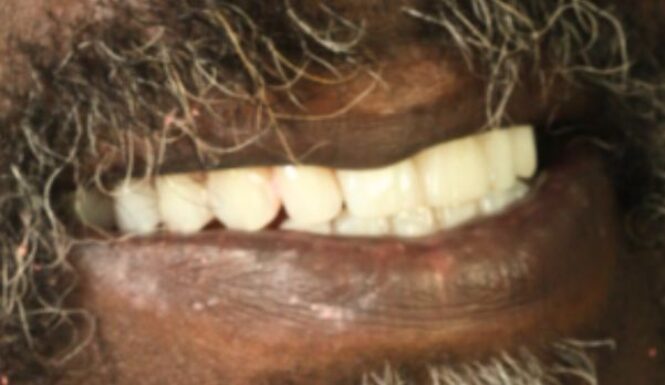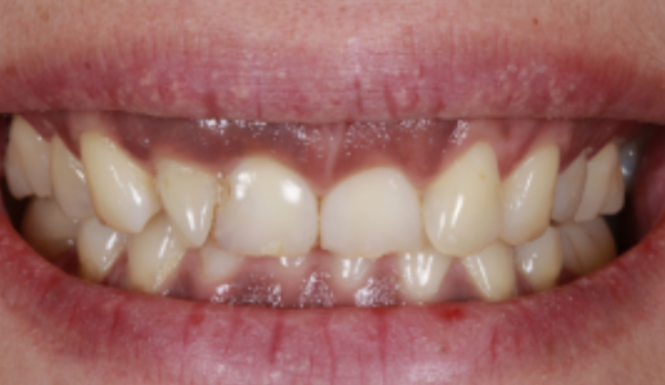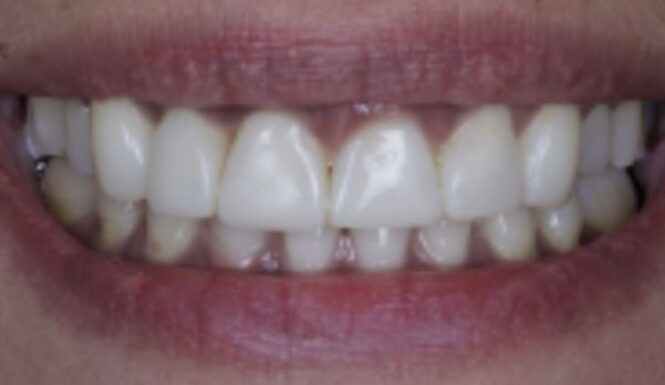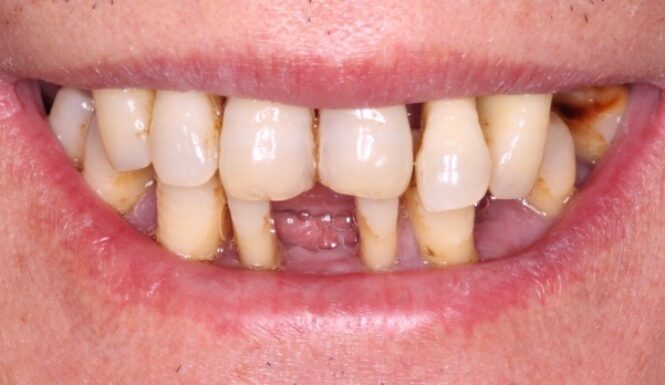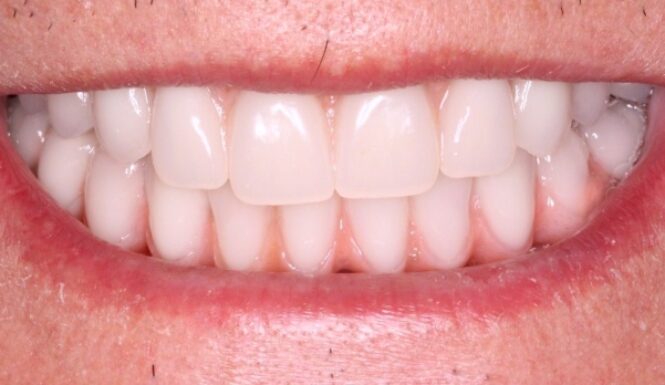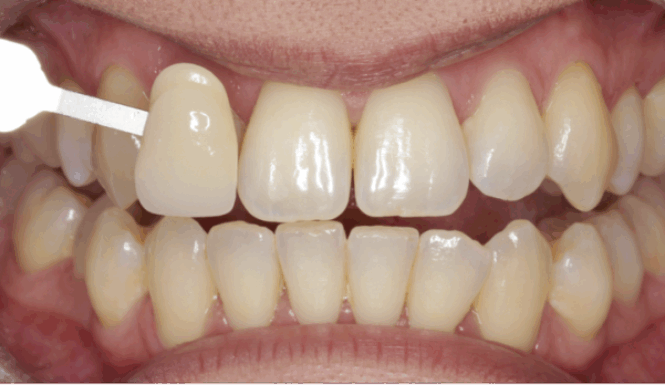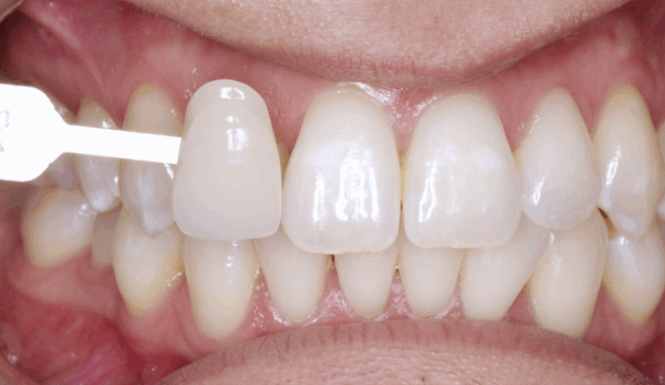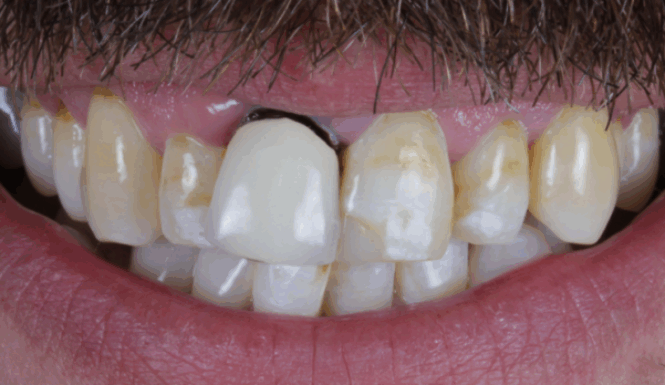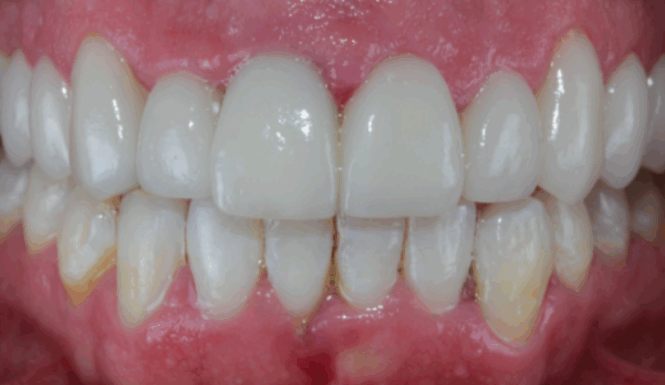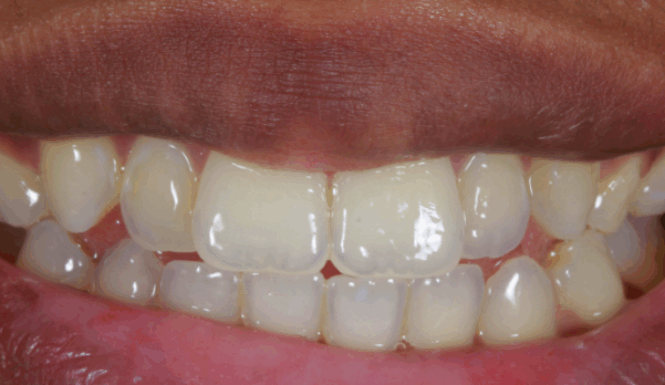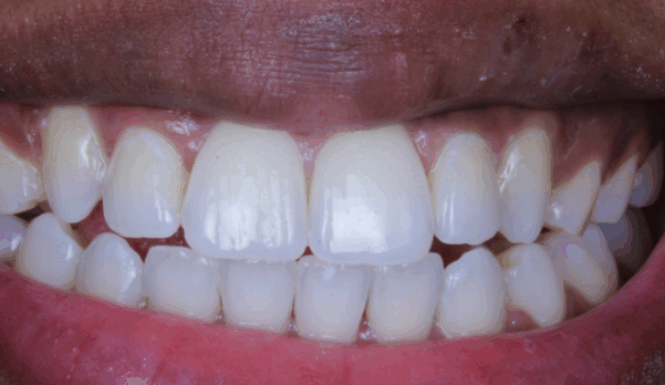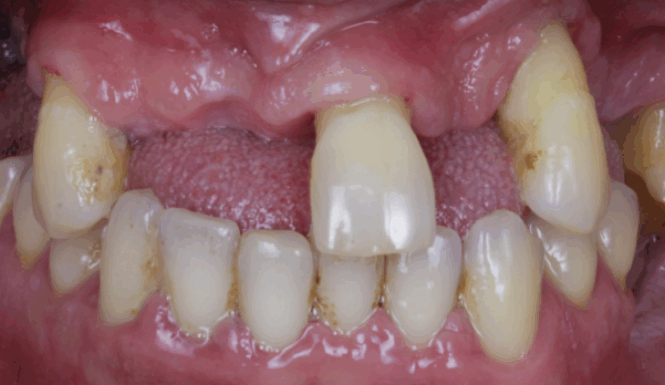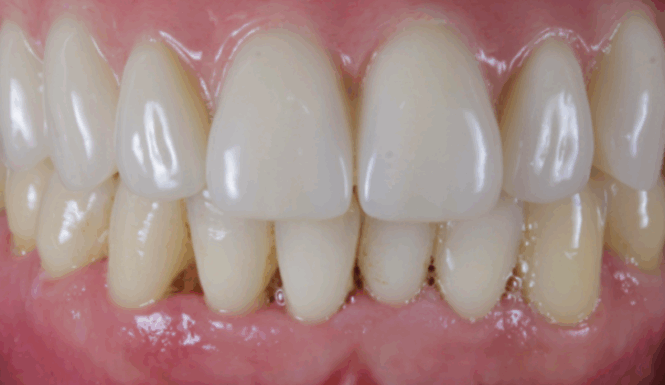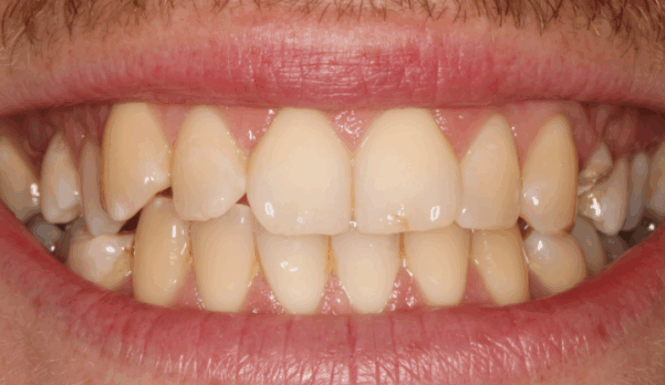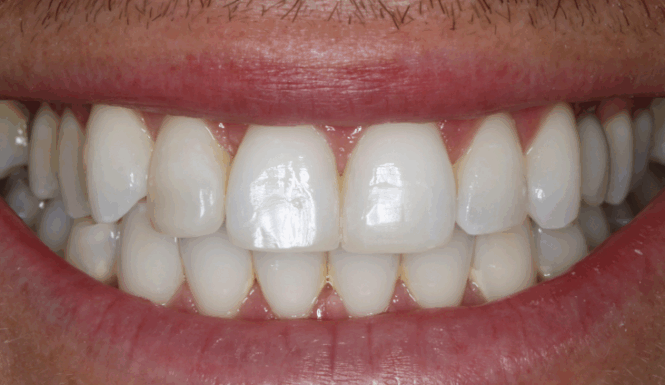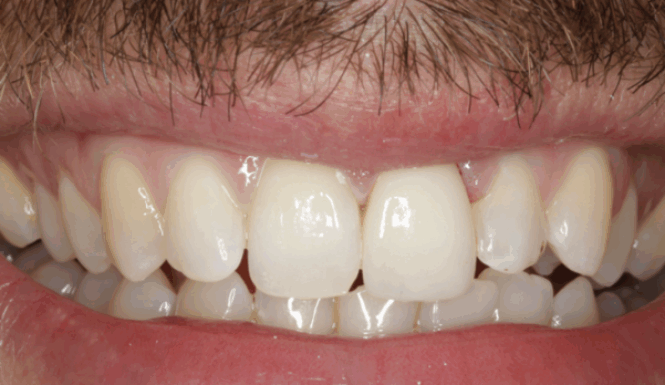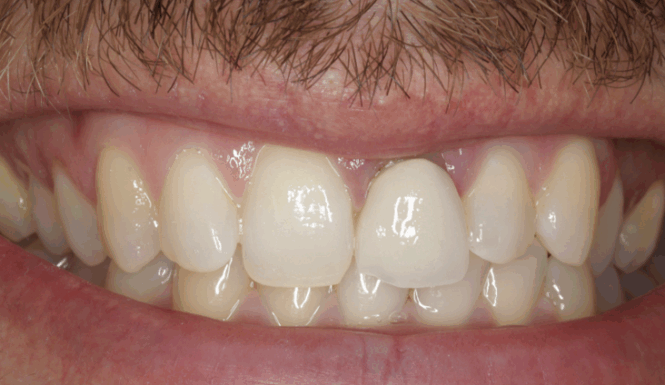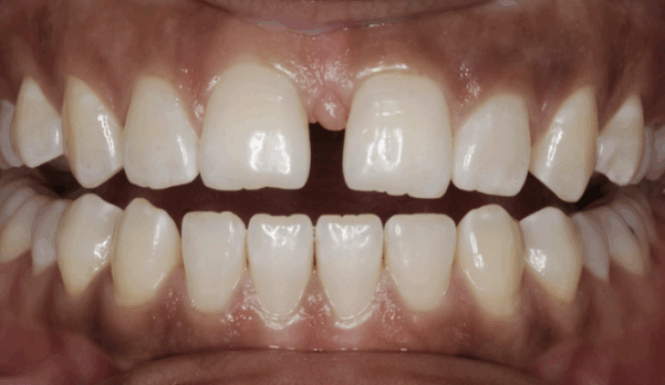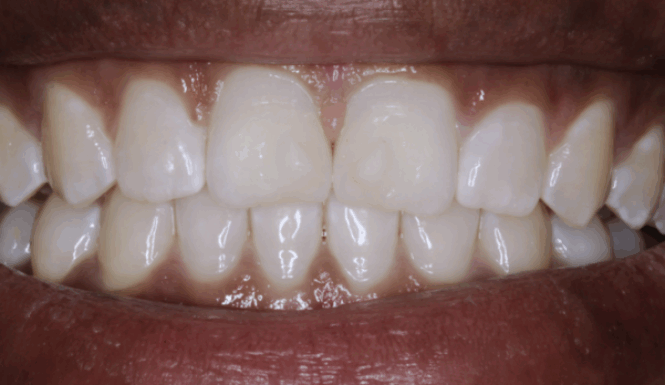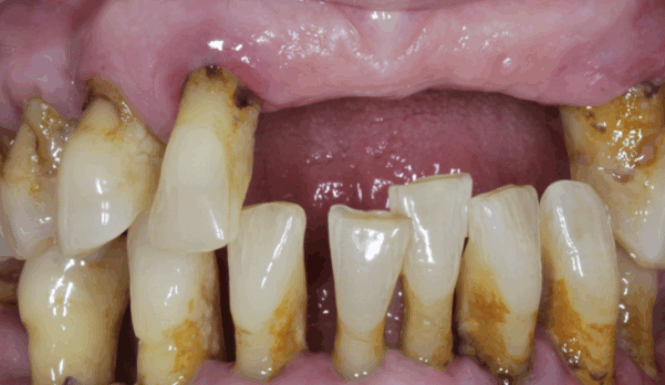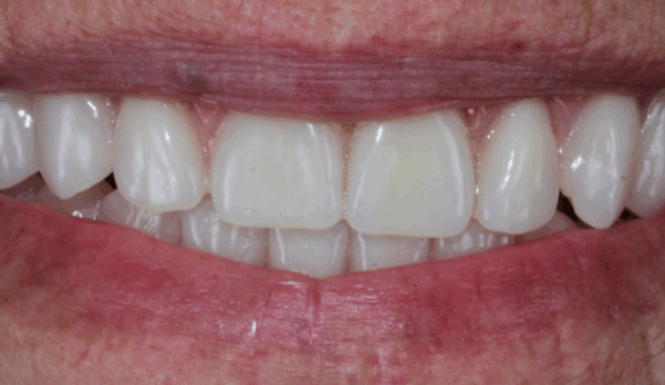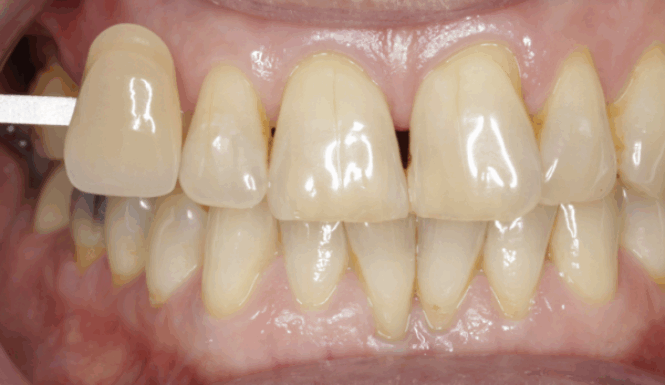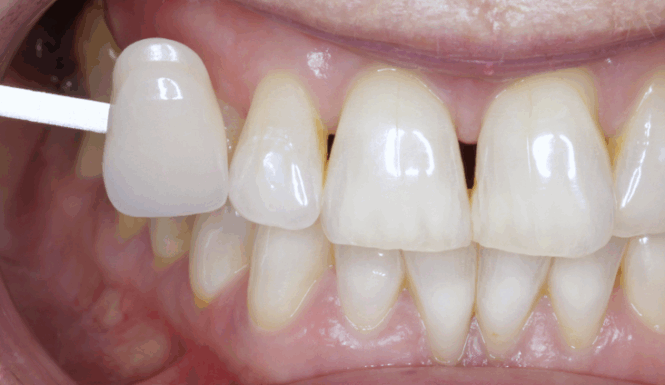When you’re considering dental implants in the upper back jaw, particularly in areas where teeth have been missing for an extended period, one of the key challenges is having enough bone volume to support the implants. A sinus lift, also known as sinus augmentation, is a specialised procedure designed to increase the bone volume in the upper jaw by lifting the sinus membrane and adding bone graft material. This enables the successful placement of dental implants in the upper jaw, even in areas with insufficient bone density.
At our clinic, we offer advanced sinus lift procedures, including lateral sinus lifts and simple sinus lifts, to create the ideal conditions for dental implant success. Our team of highly trained and experienced surgeons ensures a comfortable, safe, and efficient process to restore your smile and dental function.
What Is a Sinus Lift?
A sinus lift is a procedure that involves lifting the sinus membrane in the upper jaw to make space for bone graft material. The procedure is typically necessary when there is insufficient bone in the
upper jaw, particularly in the area of the molars and premolars, due to factors such as prolonged tooth loss, gum disease, or bone resorption.
The sinus cavity, located just above the upper jaw, can expand into the area where bone loss has occurred. By lifting the sinus membrane and adding bone grafting material, we can restore the lost bone, providing a solid foundation for the placement of dental implants.
Why Is a Sinus Lift Needed for Dental Implants?
In some patients, particularly those who have lost upper molars or premolars, there may not be enough bone in the upper jaw to support dental implants. The natural bone in this area may have
diminished over time due to factors such as:
- Prolonged tooth loss: After teeth are lost, the bone may begin to shrink and resorb, particularly in the upper jaw.
- Gum disease, also known as periodontal disease, can cause significant bone loss around the teeth, resulting in a lack of available bone for dental implants.
- Anatomical factors: The sinuses are located above the upper jaw, and over time, they may expand, further reducing available bone height for implants.
In such situations, a sinus lift procedure is necessary to create sufficient bone volume for a dental implant. This ensures the long-term success and stability of the implant while improving both function and appearance.
Types of Sinus Lift Procedures
We offer two main types of sinus lift techniques: the lateral sinus lift and the simple (or crestal) sinus lift. The choice of technique depends on the amount of bone loss and the individual anatomy of the patient.
Simple (Crestal) Sinus Lift
The crestal or straightforward sinus lift is a less invasive technique typically performed when moderate bone loss is present in the upper jaw. Instead of making a lateral incision on the side of the jaw, a small hole is created through the top of the jawbone. The sinus membrane is then carefully lifted through this small opening, and bone graft material is added. This technique is often used when there is sufficient bone height, but the sinus needs to be slightly elevated to create a stable foundation for the implant.
The simple sinus lift procedure is typically quicker and involves a shorter recovery time compared to the lateral sinus lift. However, it may not be suitable for patients with more advanced bone loss.
Lateral Sinus Lift
The lateral sinus lift is the more complex of the two procedures and is typically used when there is significant bone loss in the upper jaw. During this procedure, an incision is made on the side of the jaw to access the sinus cavity. The sinus membrane is then gently lifted away from the jawbone, and bone graft material is inserted into the space. This procedure helps to increase the vertical bone height in the posterior upper jaw, providing a stable base for dental implants.
The lateral sinus lift is often preferred when there is very little bone remaining in the upper jaw, and it allows for a greater amount of bone to be added. This procedure may involve a slightly longer recovery time, but it provides excellent results for patients with significant bone loss.
Bone Grafting Materials Used in Sinus Lift Surgery
During the sinus lift procedure, we use high-quality bone graft materials to ensure the successful regeneration of bone in the sinus area. These materials are bio-compatible, safe, and encourage natural bone growth. We use:
- Bovine (cow-derived) bone: A popular material that is widely used for sinus lifts due to its excellent compatibility with human bone.
- Porcine (pig-derived) bone: An alternative to bovine bone, offering similar biocompatibility and effective bone regeneration.
- Synthetic materials: Artificial materials designed to mimic natural bone and stimulate bone growth in the sinus area.
- Cadaveric (human-derived) bone: For those who prefer not to use animal-derived materials, cadaveric bone grafts are a suitable and safe option.
The choice of graft material depends on your specific needs and preferences, and our surgeons will discuss the best options with you during your consultation.
Benefits of Sinus Lift for Dental Implants
- Restores Bone Volume: A sinus lift creates the necessary space for bone grafting material, restoring bone volume in the upper jaw and making it suitable for dental implants.
Prevents Further Bone Loss: By providing new bone material, a sinus lift helps to prevent further bone resorption in the sinus area.
- Ensures Implant Success: By creating a solid foundation for dental implants, sinus lift surgery enhances the chances of long-term implant success, improving both function and aesthetics.
- Improved Quality of Life: Restoring teeth in the upper jaw with implants can significantly enhance your ability to chew, speak, and smile confidently.
What to Expect During Sinus Lift Surgery
Sinus lift surgery is typically performed under local anaesthesia to ensure that you are comfortable throughout the procedure. For more complex cases, sedation may be used. The procedure normally takes between 30 minutes and 1 hour, depending on the case’s complexity.
After the procedure, you will need some time to heal, and you may experience mild swelling or discomfort. We will provide you with detailed aftercare instructions to ensure proper healing and reduce the risk of complications. You may need to wait several months for the bone graft to integrate before dental implants can be placed.
Get in Touch
If you have been told that you don’t have enough bone for dental implants, a sinus lift may be the solution you need to restore your smile.
Book a FREE Consultation
Back to Dental Implants

